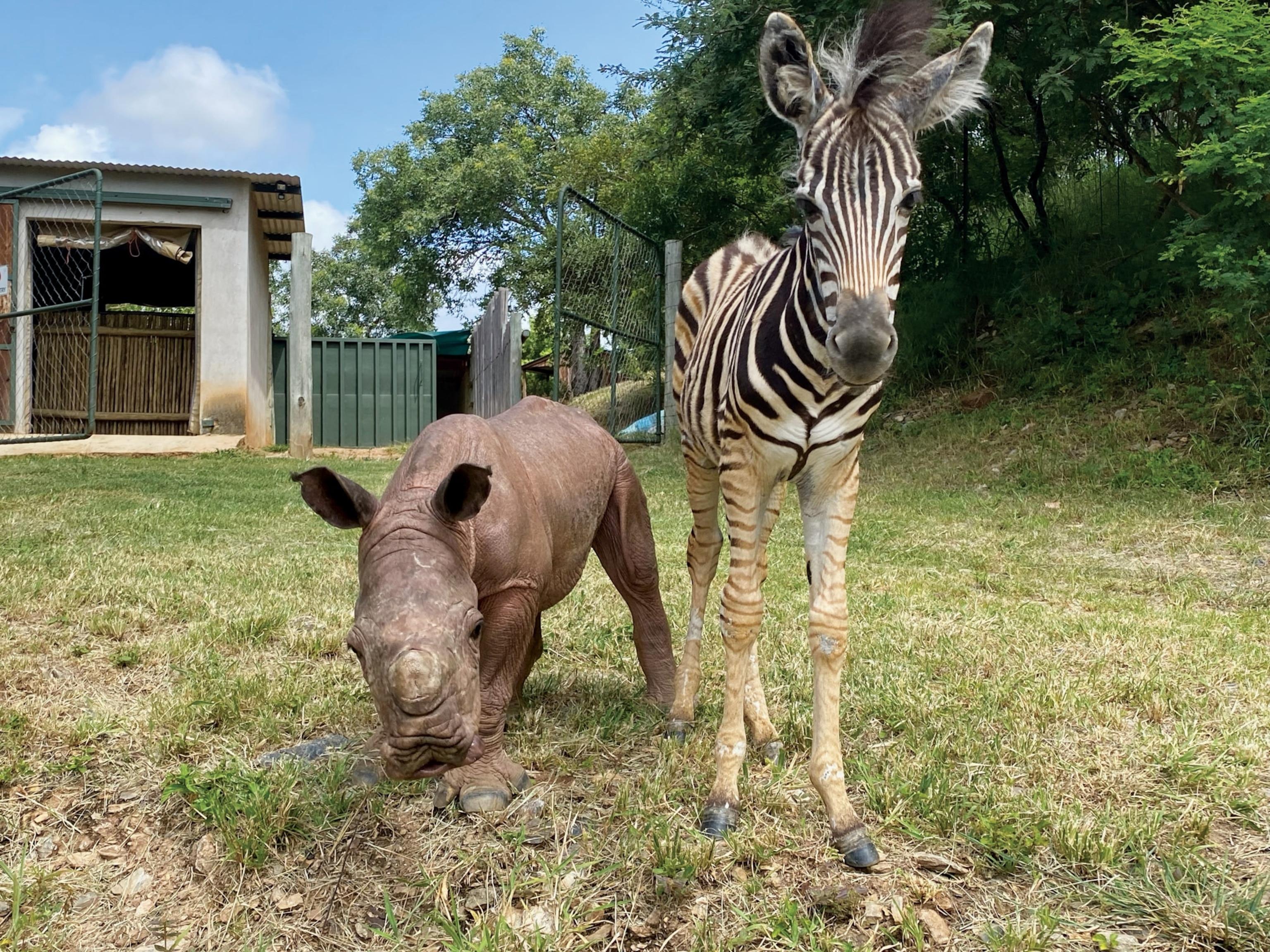
Shoot One to Save the Rest?
In early 2014, the Dallas Safari Club, a Texas-based hunting outfit, came up with an unconventional idea for protecting the critically endangered African black rhino: Auction a permit to shoot one and donate the money for conservation.
An international furor followed, pitting pro-trophy-hunting groups and wildlife conservation advocates against each other.
One side pointed out that the targeted rhino was an old male well past reproductive age. The other side argued that killing endangered animals for sport—even to raise funds for conservation causes—sends a contradictory message.
Namibia, the country that offered the permit to shoot the rhino, is largely a conservation success story. But that has more to do with community-based ecotourism, a model that has shown that a living rhino can generate more income for conservation than one-off payments for dead ones.
There are only about 5,000 black rhinos left in the world; these beasts are just steps away from extinction.
What are enlightened travelers to do?
My take: Hunting has its place, but not where the crosshairs are fixed on an endangered species.
Pack a camera and track a rhino on foot with a local community guide. Not only is it an exhilarating wildlife experience, but the rhino gets to live.
This piece was written by National Geographic Traveler Editor at Large Costas Christ, and appeared in the magazine’s June/July 2014 issue. Follow Costas on Twitter @CostasChrist.
> Related:
You May Also Like
Go Further
Animals
- This ‘saber-toothed’ salmon wasn’t quite what we thoughtThis ‘saber-toothed’ salmon wasn’t quite what we thought
- Why this rhino-zebra friendship makes perfect senseWhy this rhino-zebra friendship makes perfect sense
- When did bioluminescence evolve? It’s older than we thought.When did bioluminescence evolve? It’s older than we thought.
- Soy, skim … spider. Are any of these technically milk?Soy, skim … spider. Are any of these technically milk?
- This pristine piece of the Amazon shows nature’s resilienceThis pristine piece of the Amazon shows nature’s resilience
Environment
- This pristine piece of the Amazon shows nature’s resilienceThis pristine piece of the Amazon shows nature’s resilience
- Listen to 30 years of climate change transformed into haunting musicListen to 30 years of climate change transformed into haunting music
- This ancient society tried to stop El Niño—with child sacrificeThis ancient society tried to stop El Niño—with child sacrifice
- U.S. plans to clean its drinking water. What does that mean?U.S. plans to clean its drinking water. What does that mean?
History & Culture
- Séances at the White House? Why these first ladies turned to the occultSéances at the White House? Why these first ladies turned to the occult
- Gambling is everywhere now. When is that a problem?Gambling is everywhere now. When is that a problem?
- Beauty is pain—at least it was in 17th-century SpainBeauty is pain—at least it was in 17th-century Spain
- The real spies who inspired ‘The Ministry of Ungentlemanly Warfare’The real spies who inspired ‘The Ministry of Ungentlemanly Warfare’
- Heard of Zoroastrianism? The religion still has fervent followersHeard of Zoroastrianism? The religion still has fervent followers
Science
- Here's how astronomers found one of the rarest phenomenons in spaceHere's how astronomers found one of the rarest phenomenons in space
- Not an extrovert or introvert? There’s a word for that.Not an extrovert or introvert? There’s a word for that.
- NASA has a plan to clean up space junk—but is going green enough?NASA has a plan to clean up space junk—but is going green enough?
- Soy, skim … spider. Are any of these technically milk?Soy, skim … spider. Are any of these technically milk?
- Can aspirin help protect against colorectal cancers?Can aspirin help protect against colorectal cancers?
Travel
- What it's like to hike the Camino del Mayab in MexicoWhat it's like to hike the Camino del Mayab in Mexico
- Is this small English town Yorkshire's culinary capital?Is this small English town Yorkshire's culinary capital?
- Follow in the footsteps of Robin Hood in Sherwood ForestFollow in the footsteps of Robin Hood in Sherwood Forest
- This chef is taking Indian cuisine in a bold new directionThis chef is taking Indian cuisine in a bold new direction




